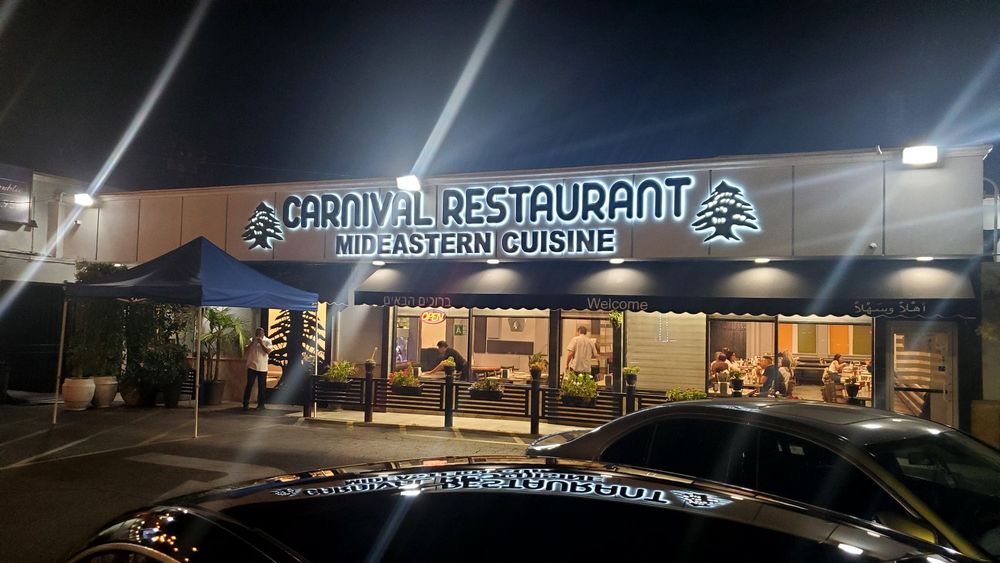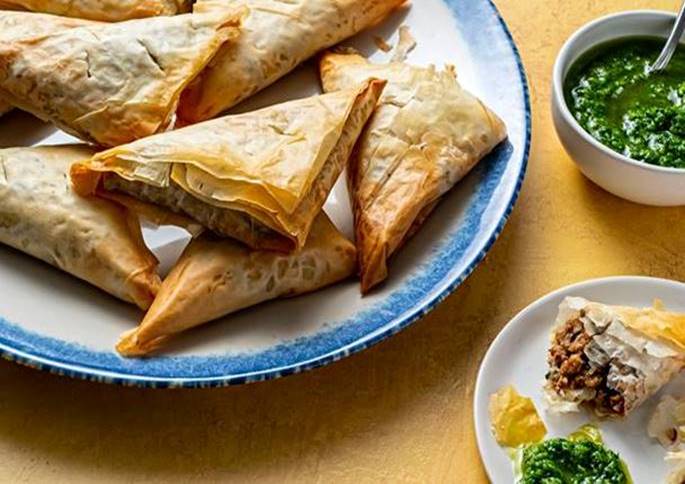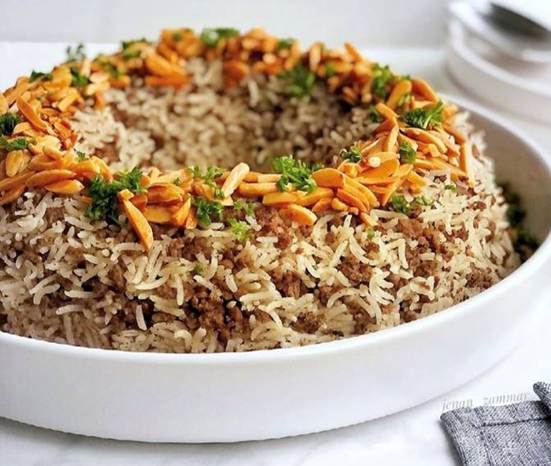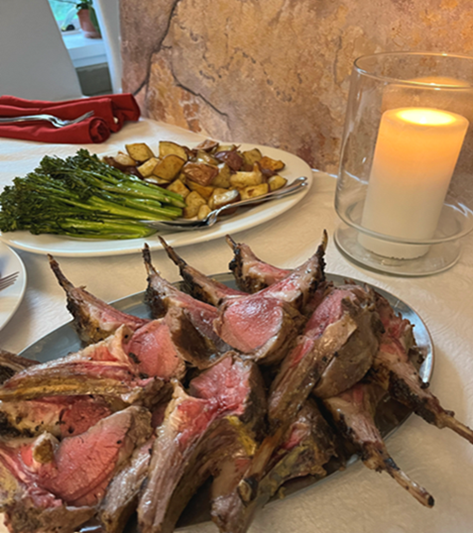“After seeing Armenia from the Georgian border in 1989, Paula Wolfert wanted to travel to the country, but conflicts in the region prevented her. Instead, she collected Armenian cookbooks, especially community cookbooks from Armenian churches around the United States. The celebrated British-Armenian cookbook author, artist, cook and translator Arto Der Haroutunian, who taught Paula this dish, caramelized cauliflower on the stove before baking it with eastern Mediterranean flavorings: chopped tomatoes, plumped raisins and Marash red pepper flakes. (You can use any cazuela or flameware pot, but Paula likes the unglazed black La Chamba roasting pan from Colombia, which she says imparts sweetness to the dish.)”
“Arto Der Haroutunian was born in Aleppo, Syria in 1940 and grew up in the Levant, but came to England with his parents as a child and remained here for most of his life. He studied architecture at Manchester University and established a career designing restaurants, clubs and hotels. In 1970, in partnership with his brother, he opened the first Armenian restaurant in Manchester which eventually became a successful chain of six restaurants and two hotels. Given his passion for cooking it was a natural progression that he should then begin to write cookery books as they combined his love of food with his great interest in the history and culture of the region. It was his belief that the rich culinary tradition of the Middle East is the main source of many of our Western cuisines and his books were intended as an introduction to that tradition. All the many cookbooks written by Der Haroutunian have now been out of print for many years and second hand copies fetch hundreds of pounds. He wrote 12 cookery books in total, several of which were translated into foreign languages.”
“He died in 1987 at the untimely age of 47. He is survived by his wife and son who still live in Manchester. As well as his passion for cooking, Arto Der Haroutunian was a painter of international reputation who exhibited all over the world. His other interests included composing music and translating Turkish, Arab, Persian and Armenian authors. He was a true polymath.”

Paula Wolfert is an expert on Mediterranean food and the author of nine cookbooks, including The Food of Morocco, Mediterranean Clay Pot Cooking, The Slow Mediterranean Kitchen and The Cooking of Southwest France. She has won the James Beard Award, the Julia Child Award, the M. F. K. Fisher Award, the Tastemaker Award and was a finalist for the André Simon Award. In 2008, she was inducted into the Cookbook Hall of Fame by the James Beard Association. A regular columnist for Food & Wine, she lives in Sonoma, Calif.
“In The Food of Morocco, she brings to bear over 40 years of experience of, love of and original research on the traditional foodways of that country. The result is the definitive book on Moroccan cuisine, from tender Berber skillet bread to spiced harira (the classic soup made with lentils and chickpeas), from chicken with tangy preserved lemon and olives to steamed sweet and savory breast of lamb stuffed with couscous and dates. The recipes are infused with the author’s unparalleled knowledge of this delicious food. Essays illuminate the essential elements of Moroccan flavor and emphasize the accessibility of once hard-to-find ingredients such as saffron, argan oil and Moroccan cumin seed.”
Paula has spent years wandering into kitchens from Marrakech to Istanbul, including Morocco, France, Greece, Spain, Georgia, Turkey, Dagestan, Sicily, Puglia, Syria, Jordan and Tunisia and emerging with recipes that her new friends have entrusted to her. Because she lived outside Tangier from 1959 to 1976 for a total of seven, intermittent years — she has been welcomed into many home kitchens with open arms. “I bring presents and I always kiss the chefs,” she said. She wrote about her travels in Saveur in “On the Recipe Trail in South-Eastern Turkey,” in 1998:








